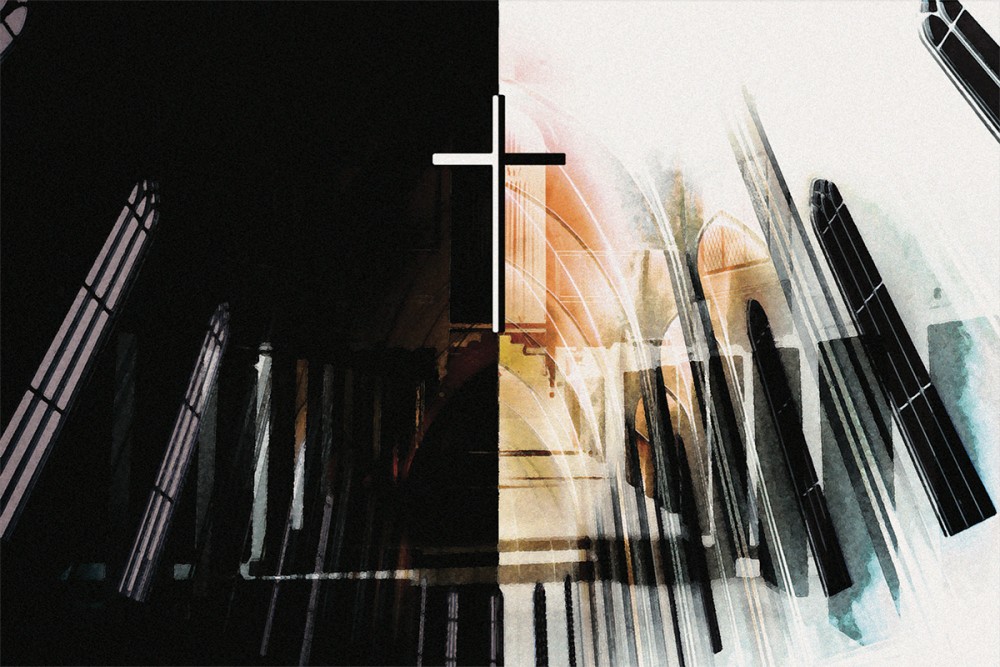Should we avoid liturgical language of light and dark?
While struggling with this question as a church songwriter, I came up with six guidelines.

I write liturgical songs, both music and words, and a few years ago I did a project centered on the Advent, Christmas, and Epiphany cycle. There were many classic themes to explore—hope, waiting, incarnation, joy, gift. There was also one in particular that I soon realized would require some careful consideration: the play of darkness and light.
Many Christians would like to excise light/dark language from our liturgical texts—or at least exclude it from any new ones—and for pretty persuasive reasons. There is a long history in the church of using words like light, white, bright, and fair to connote goodness in a straightforward way and words like dark, black, shade, and dim to connote the opposite. Most instances of such usage were not written for explicitly racist purposes (though some were). Still, this language has thrived alongside racism in White-dominated church contexts. And language—especially ritual language, repeated again and again—has great power among those who speak or hear it, power not constrained by the intent of its creators. So there is a compelling case to simply avoid this whole family of descriptive language at church: it can be and has been used to bolster White supremacy, so it just isn’t worth hanging onto.
Other Christians make the reasonable point that the Bible—our primary text, shared across time and tradition—should be the norm for liturgical language. And the Bible is chock-full of light/dark imagery, with much (though not all) of it presenting light as the positive side of the coin. Jesus is the light of the world, the morning star, the one who obviates the need for lamp or sunlight, the one in whom there is no darkness at all. Forgiveness for sin washes us whiter than snow. And then, over on the other side of things, there’s the power of darkness. Why should the church avoid this language the biblical writers use so freely?





